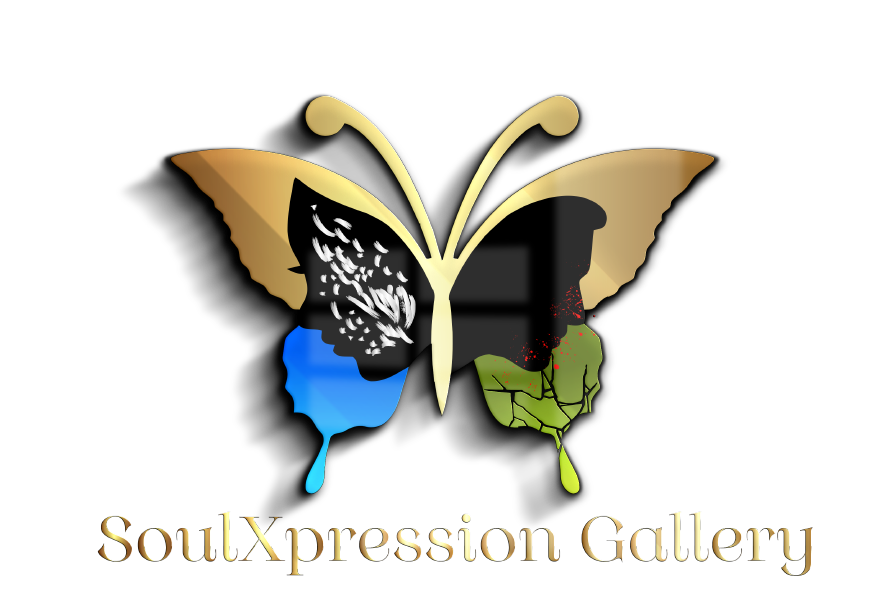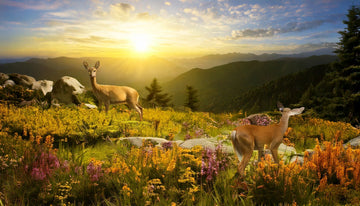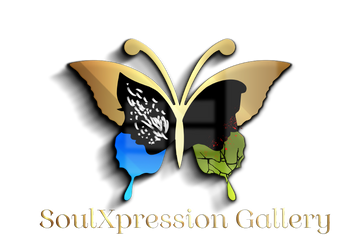Estevão Silva
The Pioneer of Brazilian Black Art Who Changed History Forever
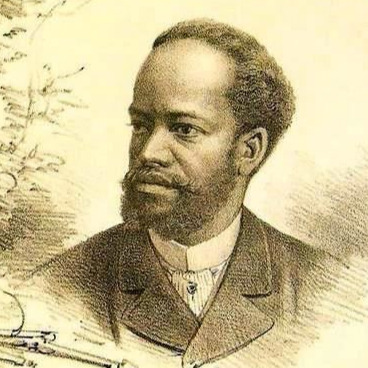
Portrait of Roberto Estevão Da Silva (1845 - 1891)
Art knows no boundaries, recognizes no color, and bows to no prejudice—only to talent and vision.
When we talk about groundbreaking black artists in Latin America, one name stands tall above the rest: Estevão Roberto da Silva. This remarkable Brazilian painter didn't just create beautiful art—he gently shattered barriers and opened doors that had been locked for centuries.
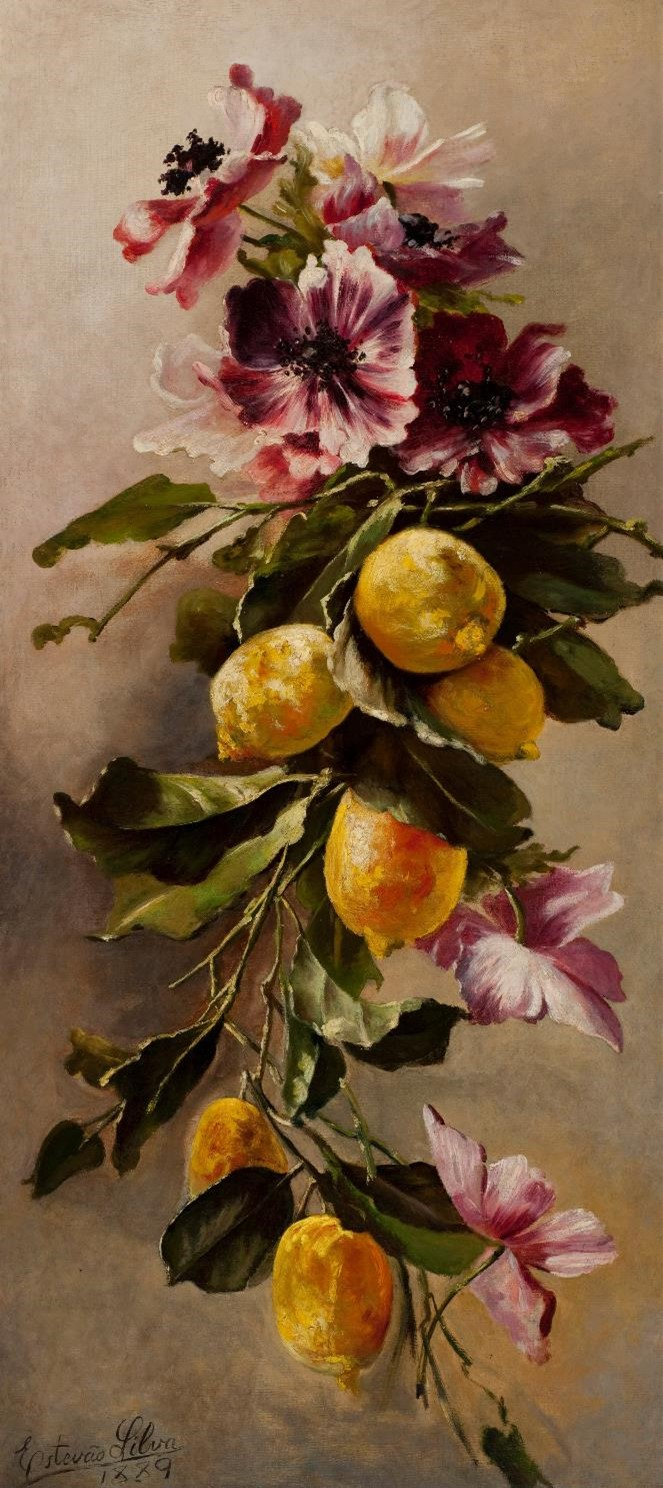
Natureza Morta 1889
Life In Brazil At His Time
To truly appreciate Silva's extraordinary journey, we must first understand the Brazil he was born into. Brazil imported more enslaved Africans than any other country in the world, with slavery forming the heart of the Brazilian economy for 350 years. When Silva was born on December 26, 1845, in Niterói, slavery still gripped the nation. Brazil would become the last place in the Americas to abolish slavery, not ending this brutal practice until 1888—just three years before Silva's death.
For black people in 19th-century Brazil, life was harsh beyond imagination. Whether enslaved or free, they faced constant discrimination and were largely excluded from formal education and professional opportunities. The arts, in particular, were considered the domain of the wealthy elite and European-trained masters. Black artists had virtually no pathway to recognition, no matter how talented they might be.
This makes Silva's achievement all the more remarkable. As the first Afro-Brazilian artist to graduate from the Imperial Academy of Fine Arts during slavery times, he accomplished something that seemed impossible for someone of his background.
The Imperial Academy
Silva's path to success led through Brazil's most prestigious art institution: the Imperial Academy of Fine Arts in Rio de Janeiro. Founded in 1826, this academy represented the pinnacle of artistic education in Brazil. It was here that the nation's cultural elite sent their sons to learn painting, sculpture, and architecture in the European tradition.
The academy was rigorous and exclusive, designed to train artists who would create works worthy of the Brazilian Empire. Students learned classical techniques, studied the great masters, and competed for medals and recognition. For a young man from Silva's background to not only enter but excel in this environment was truly extraordinary.
What made Silva's journey even more challenging was that he was breaking new ground with every step. He studied under renowned teachers including Vitor Meireles, Agostinho da Mota, and Jules le Chevrel, learning alongside students from Brazil's most privileged families. Yet through his dedication and undeniable talent, he earned their respect and that of his instructors.
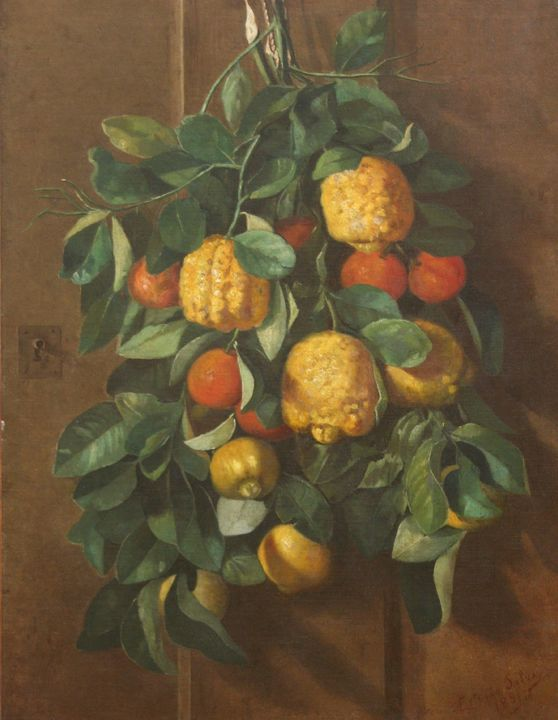
Natureza Morta 1891
Natureza Morta (1889, 1888)
Silva's Artistic Voice and Excellence
Silva's success at the academy stemmed from his mastery of oil painting, a medium that demanded both technical precision and artistic vision. Working primarily on canvas, he developed a style that was both classically trained and uniquely his own. His brushwork was confident yet delicate, his color palette rich yet harmonious.
While Silva explored various subjects throughout his career, he found his greatest success in still life painting—what Brazilians call "natureza morta." This genre, which focuses on arrangements of everyday objects, became his artistic signature. But Silva didn't stop there. He also created beautiful portraits that captured the dignity of his subjects, as well as works with historical and religious themes that demonstrated his versatility.
His paintings gained recognition not just for their technical excellence, but for the quiet poetry he brought to simple subjects. Silva had a gift for making viewers see beauty in ordinary things—a skill that would prove central to his lasting fame.
Silva's Recognition Through Excellence
Silva's breakthrough came through pure artistic merit. His graduation from the Imperial Academy of Fine Arts in 1884 marked a historic moment—not just for him personally, but for Brazilian art as a whole. His success opened minds and gently challenged the assumptions of 19th-century Brazilian society. What earned Silva widespread recognition was his exceptional skill with oil paints on canvas. Critics and collectors couldn't ignore the quality of his work, regardless of their personal prejudices.
His paintings spoke for themselves, demonstrating that artistic genius transcends all social barriers.
Beyond creating art, Silva also dedicated himself to teaching, becoming an art teacher who shared his knowledge and passion with the next generation of artists. This dual role as both practicing artist and educator allowed him to have an even greater impact on Brazilian art culture, nurturing young talents while continuing to develop his own artistic vision.
What made Silva's journey even more challenging was that he was breaking new ground with every step. He studied under renowned teachers including Vitor Meireles, Agostinho da Mota, and Jules le Chevrel, learning alongside students from Brazil's most privileged families. Yet through his dedication and undeniable talent, he earned their respect and that of his instructors.
Portrait of Castagneto (1885), Natureza Morta (1891), Portrait of Giovanni Battista (1880)
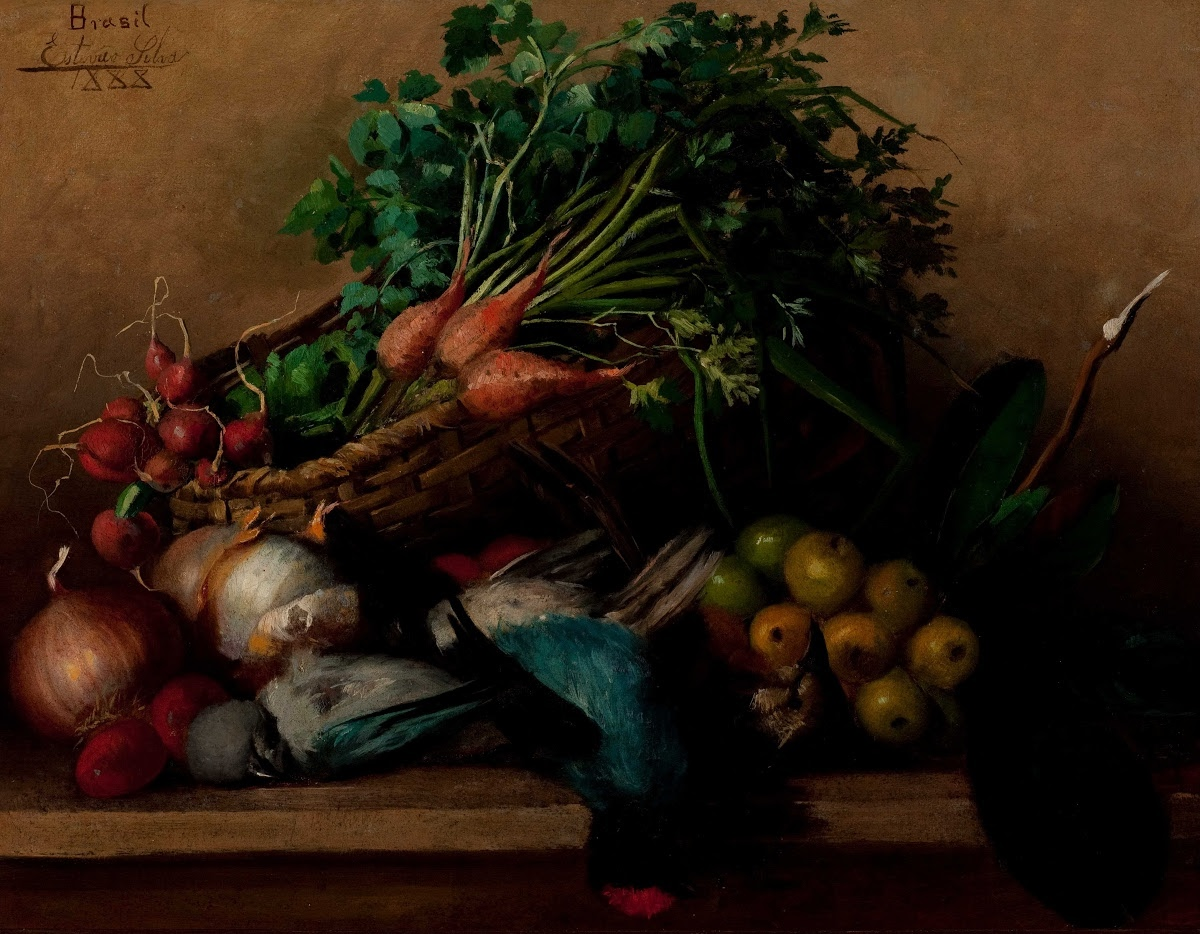
Still Life 2 (Natureza Morta 1888)
Silva's Magnificent Series "Natureza Morta"
"The canvas doesn't care about the color of the hand that holds the brush—only about the beauty it creates."
"Natureza Morta" (Still Life) series is Silva's most celebrated body of work. This collection established him as one of Brazil's greatest masters of still life painting, a reputation that endures to this day. Through his careful arrangement of fruits, vegetables, flowers, and household objects, he created visual stories that spoke to viewers' hearts.
His masterful "Still Life" from 1889 perfectly captures this magical quality, showing how an artist's vision can breathe life into simple things. What distinguished Silva's "Natureza Morta" paintings was his remarkable attention to both detail and emotion. Every apple seemed to glow with inner light, every flower petal appeared soft enough to touch, every shadow was placed with the precision of a poet choosing words.
His mastery of oil painting techniques allowed him to create textures so realistic that viewers felt they could reach out and touch his subjects. These works also reflect Silva's deep connection to his Brazilian heritage. Rather than simply copying European still life traditions, he often featured tropical fruits and objects that spoke to local culture. His paintings became windows into Brazilian life, showing the world the beauty that surrounded him in his daily existence.
Natureza Morta (1889,1891, 1880, 1882)
the
Silva's Legacy
"Excellence speaks louder than prejudice, and talent shines brighter than discrimination."
Through the "Natureza Morta" series, Silva demonstrated that black artists could not only master the most demanding art forms but could also bring fresh perspectives to classical traditions. His still life paintings silenced any remaining doubts about black artistic capability while establishing new standards of beauty and technique. His short life—he passed away at just 46 years old on November 9, 1891—couldn't diminish the profound impact of his artistic contributions. In those brief decades, he created a legacy that continues to live today.
Today, art enthusiasts can experience Silva's masterworks firsthand at several prestigious Brazilian institutions. The National Museum of Fine Arts in Rio de Janeiro houses an impressive collection of his works, while the Pinacoteca de São Paulo proudly displays several of his celebrated pieces, including examples from his renowned "Natureza Morta" series. These museum collections ensure that Silva's artistic vision remains accessible to new generations, allowing visitors to witness up close the delicate brushwork and luminous colors that made him famous.
Spencer Lane
